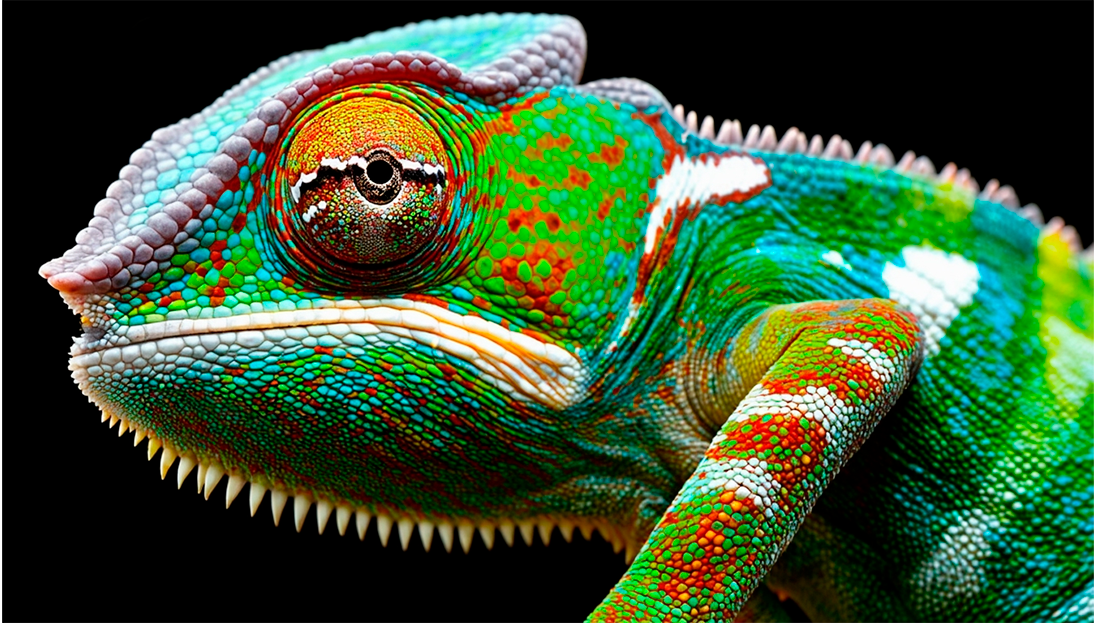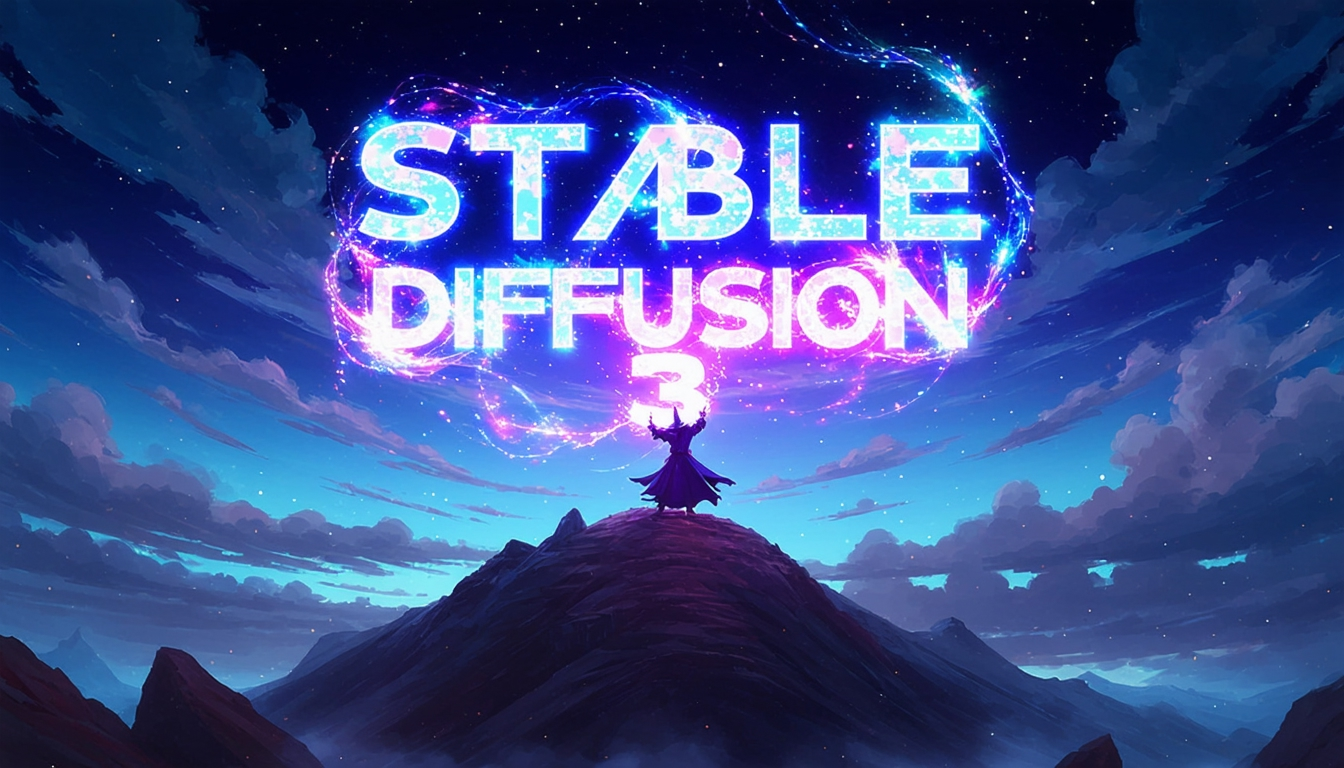course
Stability AI Announces Stable Diffusion 3: All We Know So Far
Find out about the new updates to Stable Diffusion and discover the capabilities of the version 3 text-to-image model.
Feb 2024
Start Your AI Journey Today!
1 hour
211.3K
track
AI Fundamentals
10hrs hours
course
ChatGPT Prompt Engineering for Developers
4 hours
9K
See More
RelatedSee MoreSee More
blog
What is Stable Code 3B?
Discover everything you need to know about Stable Code 3B, the latest product of Stability AI, specifically designed for accurate and responsive coding.
Javier Canales Luna
11 min
blog
Everything We Know About GPT-5
Predicting what the next evolution in OpenAI's AI technology might look like and what advancements the GPT-5 model might have.
Josep Ferrer
10 min
tutorial
How to Use the Stable Diffusion 3 API
Learn how to use the Stable Diffusion 3 API for image generation with practical steps and insights on new features and enhancements.
Kurtis Pykes
12 min
tutorial
StableDiffusion Web UI: A Comprehensive User Guide for Beginners
Learn how to easily install and use Stable Diffusion Web UI for generating high-quality images on your laptop.
Abid Ali Awan
13 min
tutorial
How to Run Stable Diffusion
Explore generative AI with our introductory tutorial on Stable Diffusion. Learn how to run the deep learning model online and locally to generate detailed images.
Kurtis Pykes
7 min
tutorial
Fine-tuning Stable Diffusion XL with DreamBooth and LoRA
Learn how to successfully fine-tune Stable Diffusion XL on personal photos using Hugging Face AutoTrain Advance, DreamBooth, and LoRA for customized, high-quality image generation.
Abid Ali Awan
14 min



